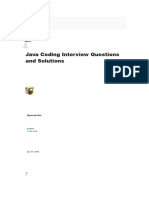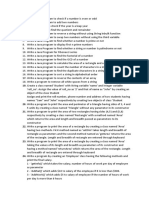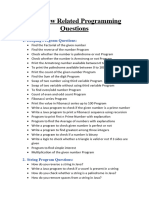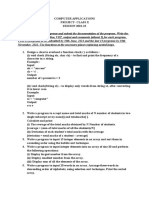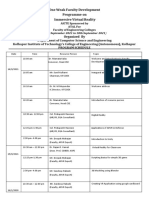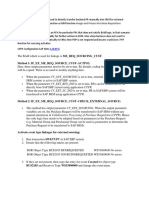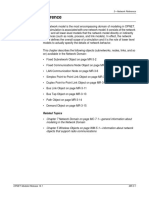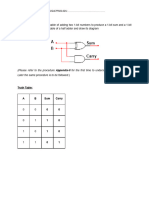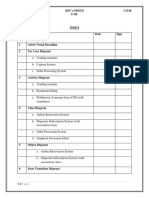0% found this document useful (0 votes)
32 views7 pagesSPM Question
The document provides 20 challenging questions each on control structures, functions, strings, and arrays in Java, covering topics like loops, recursion, algorithms, string/array manipulation without built-in functions. Solutions are to be implemented without additional data structures or by optimizing space and time complexities where possible.
Uploaded by
Anand PandeyCopyright
© © All Rights Reserved
We take content rights seriously. If you suspect this is your content, claim it here.
Available Formats
Download as PDF, TXT or read online on Scribd
0% found this document useful (0 votes)
32 views7 pagesSPM Question
The document provides 20 challenging questions each on control structures, functions, strings, and arrays in Java, covering topics like loops, recursion, algorithms, string/array manipulation without built-in functions. Solutions are to be implemented without additional data structures or by optimizing space and time complexities where possible.
Uploaded by
Anand PandeyCopyright
© © All Rights Reserved
We take content rights seriously. If you suspect this is your content, claim it here.
Available Formats
Download as PDF, TXT or read online on Scribd
/ 7













